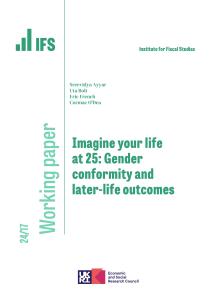There is wide agreement that the US student loan system faces significant problems. Seven million borrowers are in default and many more are not repaying for reasons such as returning to school, or economic hardship. The stress of repayments faced by many students results at least in part from the design of US student loans. Specifically, loans are organised like a mortgage, with fixed monthly repayments over a fixed period of time, creating a high repayment burden on borrowers with low income. This paper draws on the experience of the income-contingent loan (ICL) systems operating in England and Australia, in which monthly or two-weekly repayments are related to the borrower's income in that period, thus building in automatic insurance against inability to repay during periods of low income. We discuss the design of this type of loan in detail since such an exercise seems to be largely absent in the US literature. Drawing on data from the US Current Population Survey (CPS) we provide two main empirical contributions: a stylised illustration of the revenue and distributional implications of different hypothetical ICL arrangements for the USA; and an illustration of repayment problems faced by low-earning borrowers in the US loan system, including a plausible example of adverse outcomes with respect to Stafford loans. Importantly, we compare repayment burdens under the existing and alternative systems. Our illustrations show how US mortgage-type loans can create financial difficulties for a significant minority of US borrowers, difficulties which an ICL is designed to address. We note also that the current small and ineffective income-based repayment system in the US has few of the characteristics of an ideal ICL.









